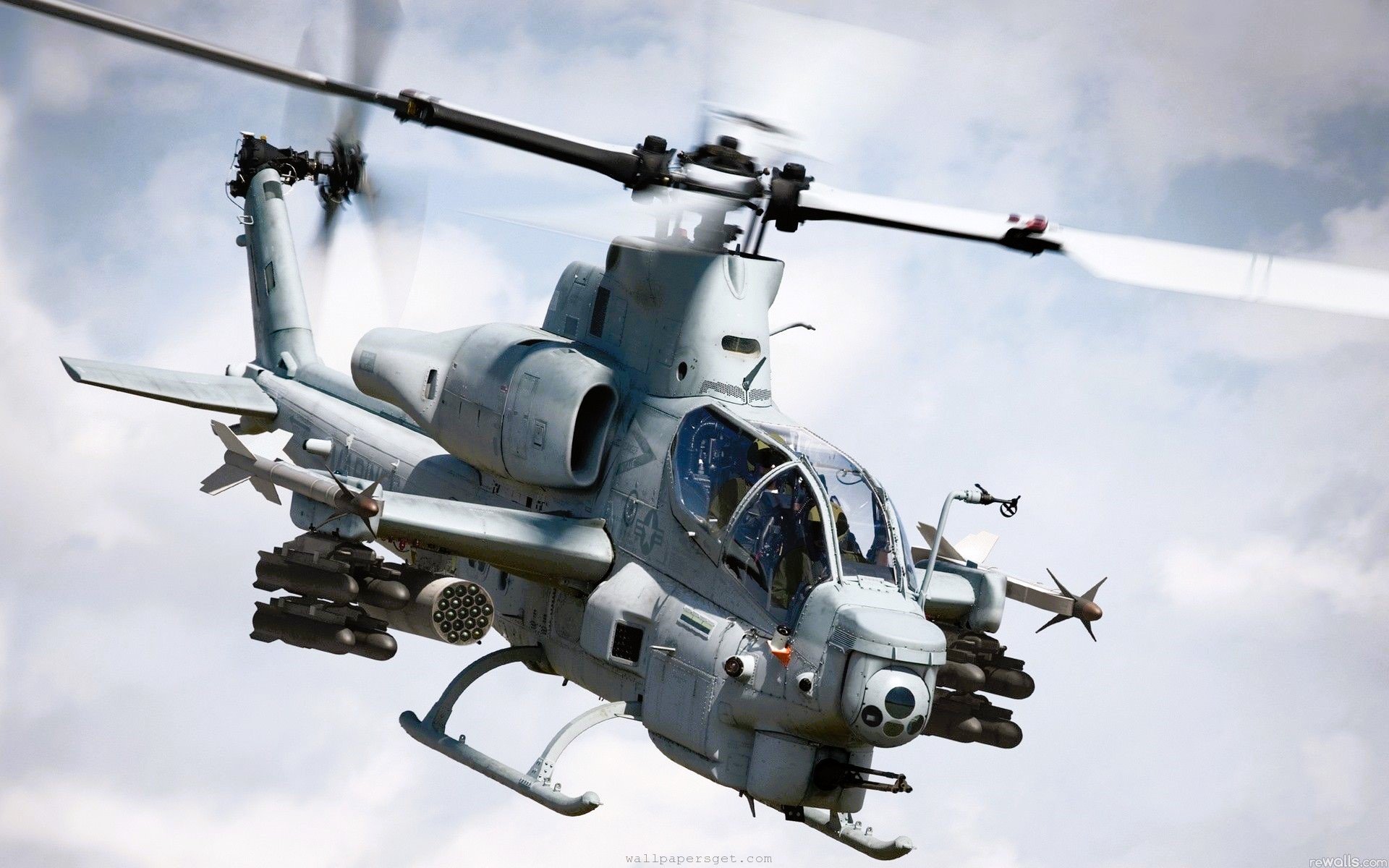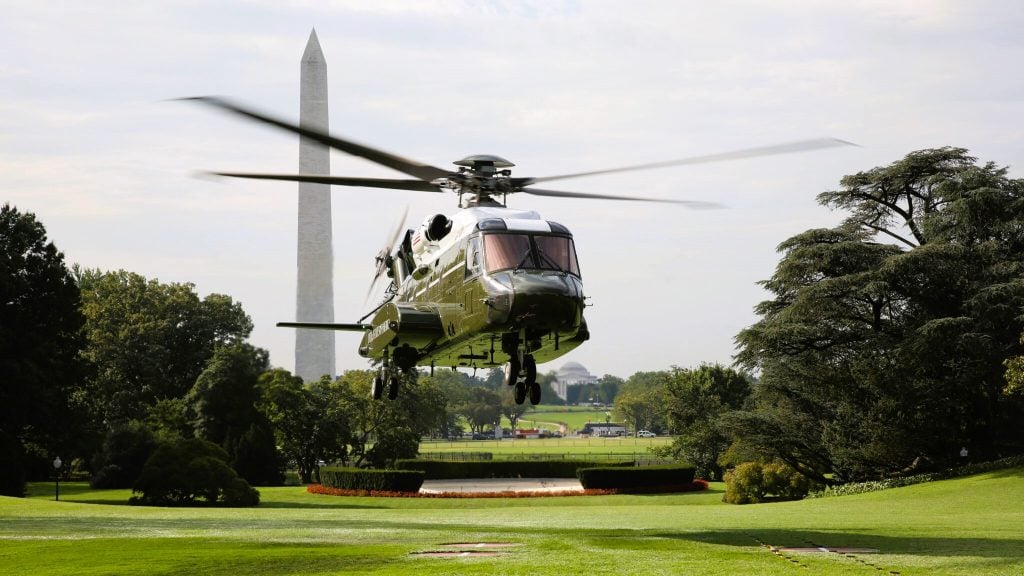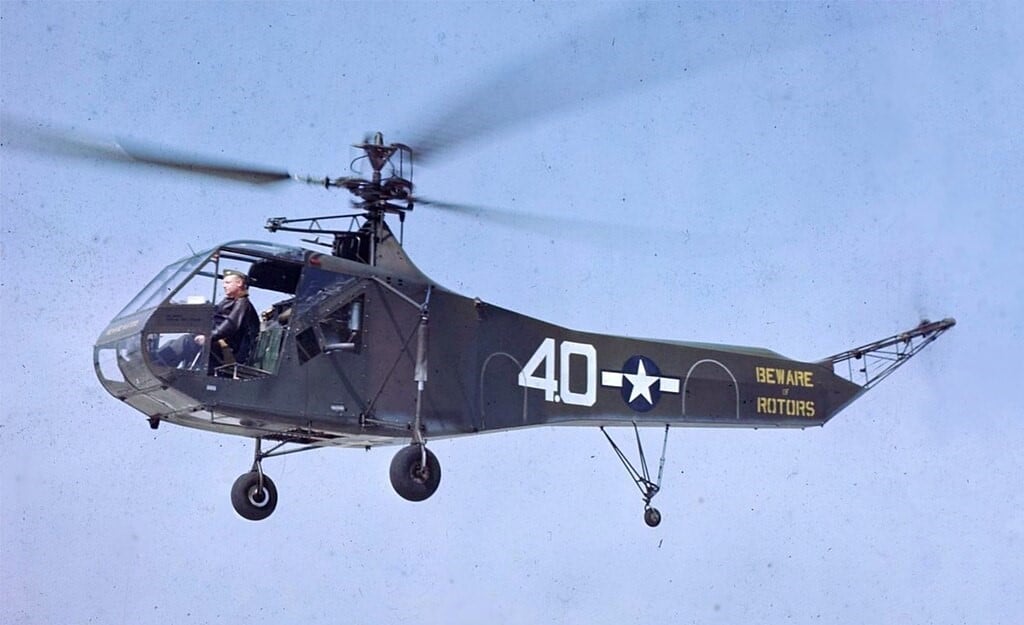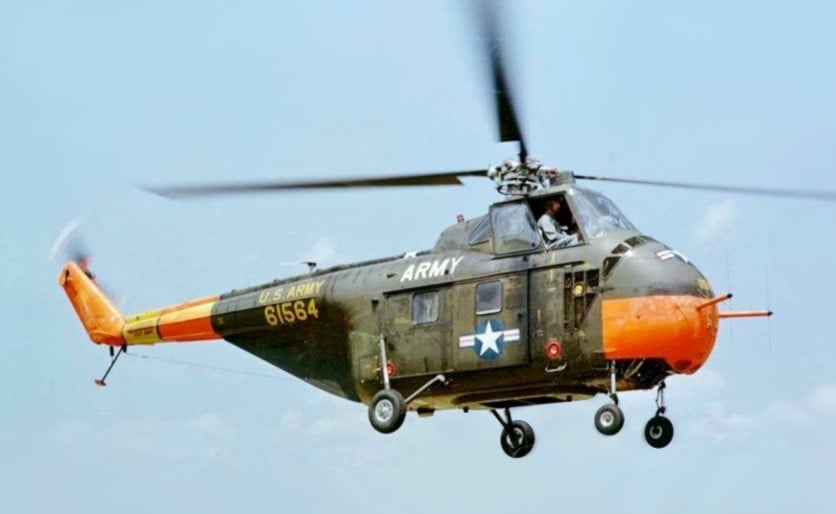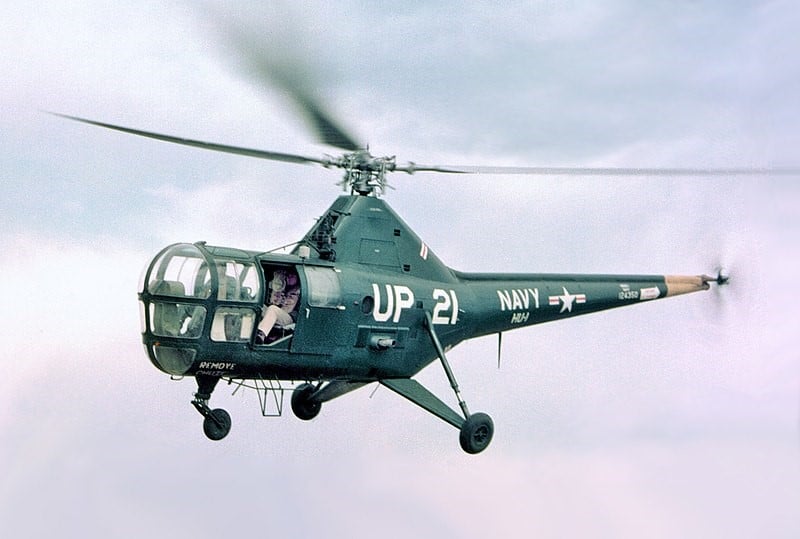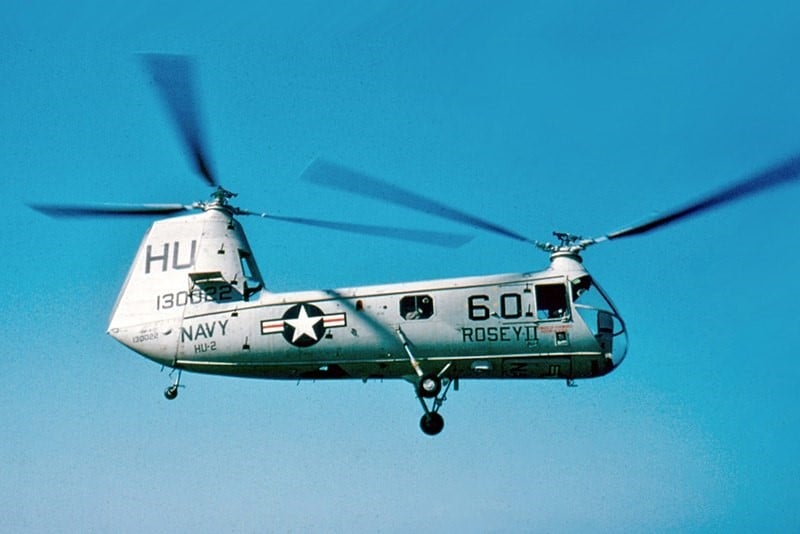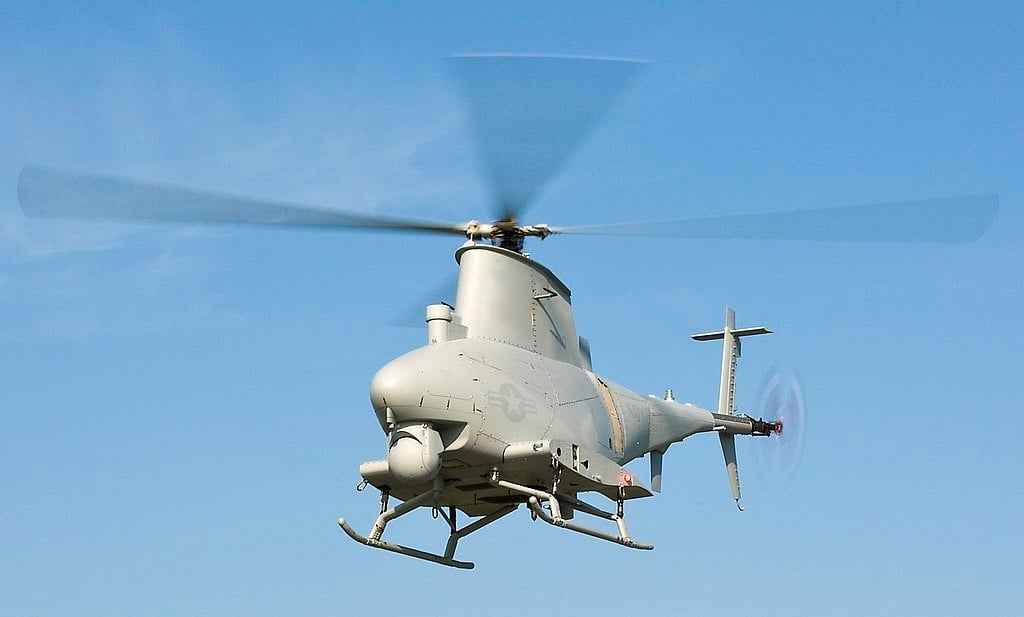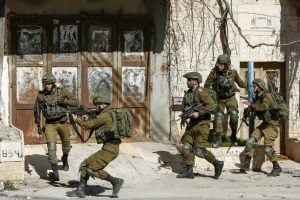The evolution of military aviation has seen remarkable advancements, particularly in the realm of helicopters. The United States Navy has played a pivotal role in this transformation, utilizing helicopters for a variety of missions ranging from combat to search and rescue. This article delves into Top 5 Legendary Helicopters of the US Navy, not only shaped naval aviation but have also left an indelible mark on military history.
Also Read | 2 Top Helicopter Of US Coast Guard
The Dawn of Helicopter Warfare
The concept of rotary-wing aircraft emerged during World War II, marking a significant milestone in military aviation. As the war progressed, the United States began to recognize the potential of helicopters in various operational roles. The post-war era saw rapid development and mass production, leading to the introduction of several iconic models that would define naval aviation.
The Role of Helicopters in Modern Warfare
Helicopters have revolutionized the way military operations are conducted. Their versatility allows them to perform a multitude of tasks, including:
- Transporting troops and supplies
- Conducting reconnaissance missions
- Performing search and rescue operations
- Engaging in anti-submarine warfare
As we explore the top five legendary helicopters of the US Navy, we will see how each model has contributed to these vital missions.
1. Sikorsky R-4 Hoverfly
Overview
The Sikorsky R-4, also known as the HNS-1, holds the distinction of being the first large-scale mass-produced helicopter in the world. Introduced during World War II, it became a cornerstone of early rotary-wing aviation.
Key Specifications
| Feature | Details |
|---|---|
| First Flight | January 1942 |
| Production Years | 1942-1944 |
| Operators | Army Air Force, Navy, Coast Guard |
| Total Units Produced | 131 |
Historical Significance
The R-4 was not only the first helicopter to be used by the US Army Air Force, Navy, and Coast Guard but also played a crucial role in pioneering helicopter operations. The National Naval Aviation Museum highlights the significant contributions of Coast Guard aviators, who recognized the helicopter’s potential for search and rescue missions and anti-submarine warfare.
Operational Impact
The R-4 was instrumental in demonstrating the effectiveness of helicopters in various military roles. Its ability to hover, take off, and land in confined spaces made it an invaluable asset for rescue operations, particularly in maritime environments.
2. Sikorsky H-19 Chickasaw
Overview
The Sikorsky H-19 Chickasaw, designated HO4S in Navy and Coast Guard service, emerged in the late 1940s as a versatile utility helicopter. With its unique design and capabilities, it became a staple across multiple branches of the US military.
Key Specifications
| Feature | Details |
|---|---|
| First Flight | November 1949 |
| Production Years | 1950s |
| Operators | Navy, Army, Air Force, Coast Guard, Marines |
| Total Units Produced | 1,728 |
Design and Features
The H-19 featured a two-deck configuration, with a lower cabin for passengers and an upper deck for the cockpit. This design allowed it to carry up to ten passengers, making it ideal for troop transport and logistical support.
Legacy and Contributions
During the Korean War, the H-19 played a significant role in various operations, showcasing its utility in combat scenarios. The Coast Guard further refined search and rescue techniques using this helicopter, establishing it as a critical asset in maritime operations.
Also Read | 7 Must-Know Tips for SSB interview Conference Day
3. Sikorsky H-5
Overview
The Sikorsky H-5, originally designated as the R-5, is a helicopter that emerged in the early 1940s. It was designed to meet the growing demands of military aviation and became a key player in various missions.
Key Specifications
| Feature | Details |
|---|---|
| First Flight | August 1943 |
| Production Years | 1944-1951 |
| Operators | Navy, Coast Guard, Air Force, Army Air Force |
| Total Units Produced | Over 300 |
Operational Versatility
The H-5 was known for its enhanced capabilities compared to its predecessors. It could operate under diverse conditions, performing missions that included search and rescue, medical evacuations, and reconnaissance.
Notable Achievements
The H-5 gained fame during the Korean War, where it was instrumental in rescuing downed pilots behind enemy lines. Its reliability and performance solidified its place in naval history.
4. Piasecki HUP Retriever
Overview
The Piasecki HUP Retriever was an innovative tandem-rotor helicopter that played a significant role in the US Navy’s early helicopter programs. Its unique design and capabilities made it a valuable asset during its operational years.
Key Specifications
| Feature | Details |
|---|---|
| First Flight | March 1948 |
| Production Years | 1949-1954 |
| Operators | Navy, Army |
| Total Units Produced | 339 |
Design Innovations
The HUP Retriever was notable for being the first helicopter equipped with an autopilot system. This feature enhanced its operational capabilities, allowing for greater precision during missions.
Multifaceted Roles
The HUP was utilized for various purposes, including amphibious assaults, minesweeping, and anti-submarine warfare. Its versatility showcased the expanding role of helicopters in naval operations.
5. Northrop Grumman MQ-8 Fire Scout
Overview
The Northrop Grumman MQ-8 Fire Scout represents a new era in naval aviation with its unmanned autonomous design. This helicopter was developed to enhance reconnaissance and surveillance capabilities for the US Navy.
Key Specifications
| Feature | Details |
|---|---|
| First Flight | 2000 |
| Production Years | 2000s (retired 2022) |
| Operators | US Navy |
| Total Units Produced | 30 MQ-8Bs |
Technological Advancements
The MQ-8 Fire Scout features advanced technology designed for reconnaissance, aerial fire support, and precision targeting. Its airframe is based on a commercial design, showcasing the integration of civilian technology into military applications.
Future of Naval Aviation
Although the Fire Scout was retired shortly after its introduction, it represented a significant step towards the future of unmanned aerial vehicles in military operations. Its development reflects the Navy’s commitment to exploring innovative solutions in aerial warfare.
Also Read | 11 Key Advantages of Joining the Indian Army Agniveer Program
Conclusion
The evolution of helicopters within the US Navy has been marked by innovation, adaptability, and a commitment to enhancing military capabilities. From the early days of the Sikorsky R-4 Hoverfly to the modern advancements represented by the MQ-8 Fire Scout, these legendary helicopters have played crucial roles in shaping naval operations. Their legacy continues to inspire future generations of aviators and military personnel.
FAQs
1. What was the first helicopter used by the US Navy?
The Sikorsky R-4 Hoverfly was the first helicopter utilized by the US Navy, marking a significant milestone in naval aviation history.
2. How many Sikorsky H-19 Chickasaws were built?
A total of 1,728 Sikorsky H-19 Chickasaws were produced, making it one of the most widely used helicopters during its time.
3. What role did the Piasecki HUP Retriever serve?
The Piasecki HUP Retriever served multiple roles, including amphibious assault, minesweeping, and search and rescue operations, showcasing its versatility in naval missions.
4. When was the Northrop Grumman MQ-8 Fire Scout retired?
The Northrop Grumman MQ-8 Fire Scout was retired in 2022, just a few years after its initial operational deployment in the early 2000s.
5. How did helicopters change naval warfare?
Helicopters revolutionized naval warfare by providing capabilities such as troop transport, reconnaissance, search and rescue, and anti-submarine warfare, significantly enhancing operational effectiveness.
